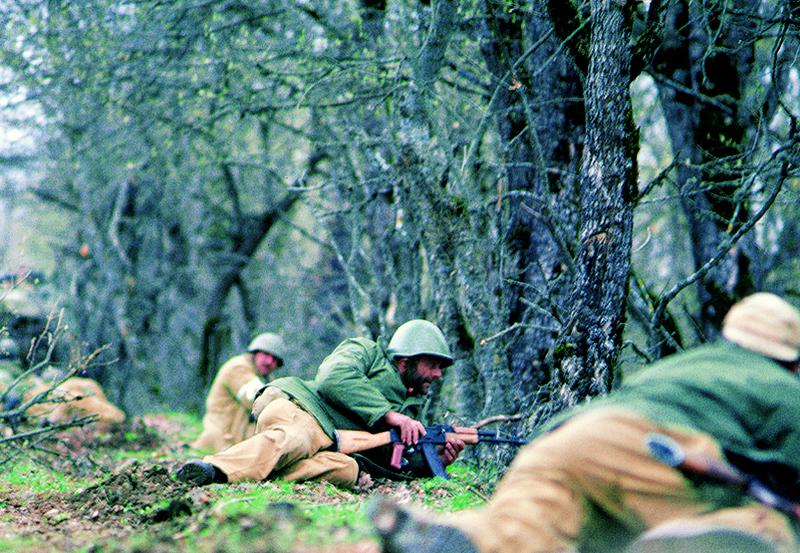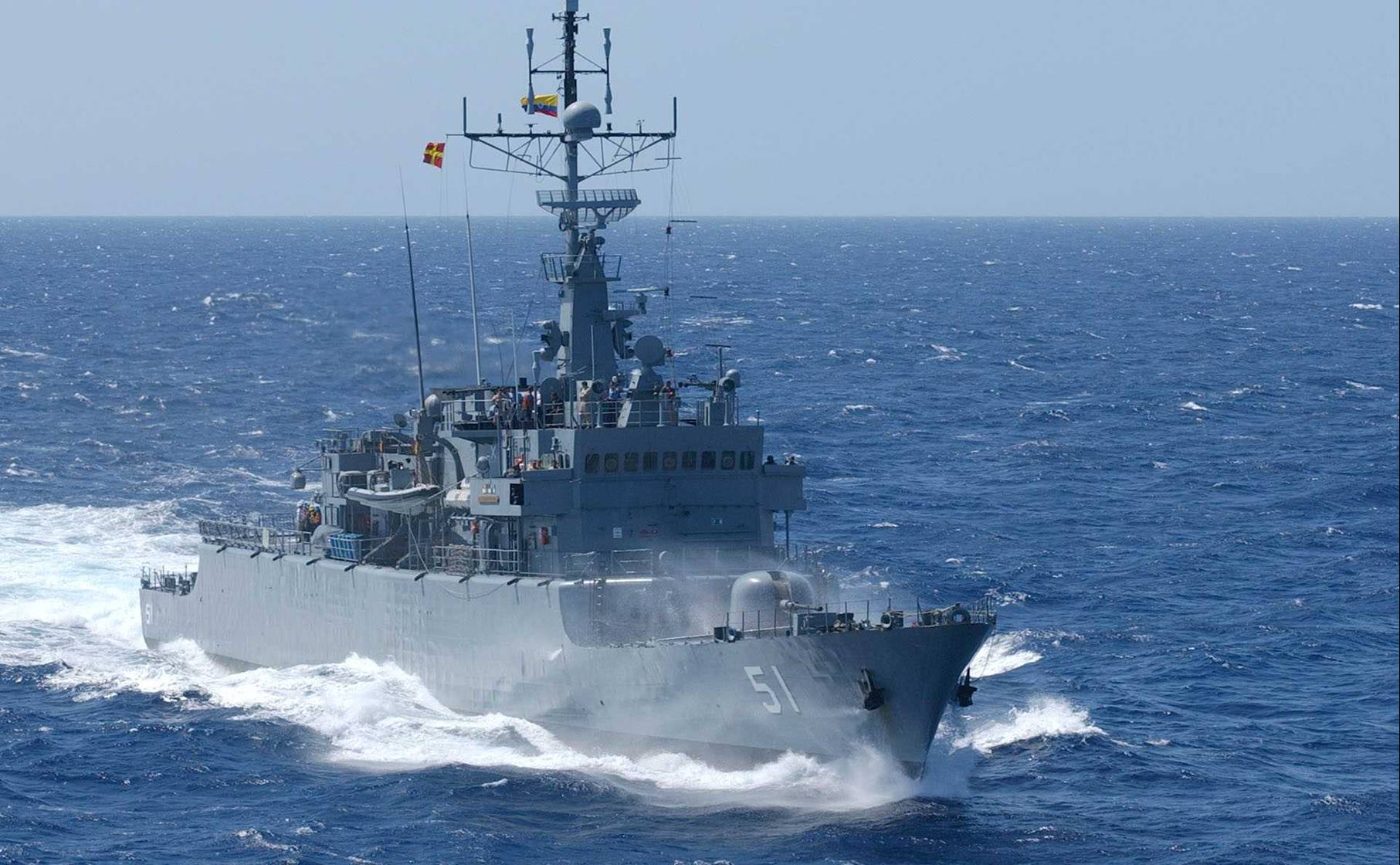Any event reminiscent of NATO’s Cold War beginnings is bound to pique interest in the Alliance. While recent events in Ukraine have re-engaged public interest in NATO, the Alliance has been reinventing itself consistently since its beginnings, making it a key player to watch in 2022.
The North Atlantic Treaty Organisation has evolved and grown since its inception in 1949, changing to address new threats and challenges from decade to decade. Though established to combat concerns of Soviet expansion, NATO’s only cornerstone, Article 5, which establishes the Alliance’s value of collective security, was never invoked during the 20th century. NATO’s most active period by this measure would then have to be the 9/11 response and creation of the International Security Assistance Force (ISAF) in Afghanistan which NATO commanded from 2003 to 2014. The emerging threats NATO faces today, including disinformation, hybrid warfare, cyber warfare, and the security implications of climate change create yet another need for the organization to pivot its focus. Far from growing irrelevant after the collapse of the Soviet Union, NATO continues to adapt to the 21st century, facing a threat landscape today that would be completely unrecognizable to those who drafted the Washington Treaty.
When studying NATO in the modern-day, Ukraine is as good a place to start as any. While NATO has adapted to face new challenges around the world, its adversarial relationship with Russia remains what it is best known for. Naturally, when such an issue comes to the forefront of the news, internet searches for what NATO is doing these days are bound to follow. The Ukraine standoff has reignited not only public interest in the Alliance but possibly that of key partners Sweden and Finland, who recently demonstrated that any attempt by Russia to ban them from joining NATO was only making the option more desirable. As with the Russia-US standoffs of the past, NATO is always drawn very closely into the fray.
While there are possibilities of alliance enlargement, cohesion remains one of the most pressing issues facing NATO in 2022. For instance, the development of a trilateral security pact between Australia, the United Kingdom, and the United States (AUKUS) in the Indo-Pacific left NATO members excluded from a security agreement made between Allies and partners. France was of course particularly slighted given that this decision ended a 2016 contract between France and Australia for 12 diesel-powered submarines. This development is a concern in regards to alliance cohesion. Such a move would create rifts in any alliance, but this is particularly concerning to NATO given how important mutual understanding is to the organization, exemplified by the Alliance’s consensus-based decision-making process.
The threats facing NATO in 2022 are, however, more varied and nefarious than a simple lack of team spirit. Climate change is seen as a threat multiplier given its multitude of impacts on global security: resource scarcity, natural disasters, social, economic, and political instability, and migration, among others. Another major threat to the Alliance at present is the advancement of cyber and hybrid warfare technologies. The fog of war is thickest in cyberspace as the threat landscape of cyber and hybrid warfare is ambiguous, dynamic, and more complex than what NATO traditionally handles. Cyberspace has been an official zone of operation since 2016, and it is, therefore, NATO’s role to protect its assets and assist Allies in building national resilience to this ever-evolving threat.
While these pressing challenges affect each country differently and to varying extents, member states are still well-served to address these threats through the mechanisms of NATO. NATO member states benefit from the advantages not only of collective security but a common understanding and platform, as well as the lessons learned that each member state brings to the table. Inter-state reliance is critical for the Alliance to succeed, and states have the ability to contribute to the security of their allies through their individual expertise. Rather than nations tackling modern security issues individually, they would be best served in the long run to seek a collaborative response whereby Allies are equipped with the tools and knowledge to strengthen the resilience of the Atlantic community.
NATO remains active in its planning to combat these emerging threats as an Alliance in 2022. Under the leadership of the outgoing Secretary General, Jens Stoltenberg, goals such as that of net-zero carbon NATO forces by 2050 are excellent examples of the Alliance’s commitment to addressing climate concerns. The most critical NATO development in 2022 will be the creation of a new Strategic Concept. While the Atlantic Treaty remains unchanged since 1949, the NATO Strategic Concept guides the Alliance’s manoeuverings through the threats of the day, using the Treaty as a crucial backdrop upon which to base their values and common understanding. Given that NATO’s current Strategic Concept dates back to 2010, prior to the addition of cyberspace as a domain of operation, an update is overdue. Just as the UN Climate Change Conference of the Parties (COP26) was highly scrutinized given its ambiguous response to pressing global issues, NATO’s 2022 Madrid Summit should be regarded similarly in terms of urgency. The threats our Alliance is facing are many and varied, and if NATO does not respond with equivalent speed and severity, we are sure to fall behind.
___________
One way interested students can go about enriching their knowledge of NATO: The NATO Field School and Simulation Program. The NATO Field School is an intensive experiential learning program run by Simon Fraser University in collaboration with the NATO Defense College and the Canadian Joint Delegation to NATO. The program takes students from across the NATO Alliance on an immersive field study through Latvia, Belgium, and Italy where they will meet experts across the fields of security, defence, and diplomacy. The NATO Field School is a unique opportunity for the next generation of NATO decision-makers to gain hands-on experience, enrich their knowledge of current issues in security and defence, and connect with like-minded peers and professionals. Interested applicants can find more information via our website.
Photo: NATO Field School students speaking with a Chinook Helicopter officer at Canadian Forces Base Wainwright, Alberta in 2019. Photo courtesy of the NATO Field School and Simulation Program, Simon Fraser University.
Disclaimer: Any views or opinions expressed in articles are solely those of the authors and do not necessarily represent the views of the NATO Association of Canada.




